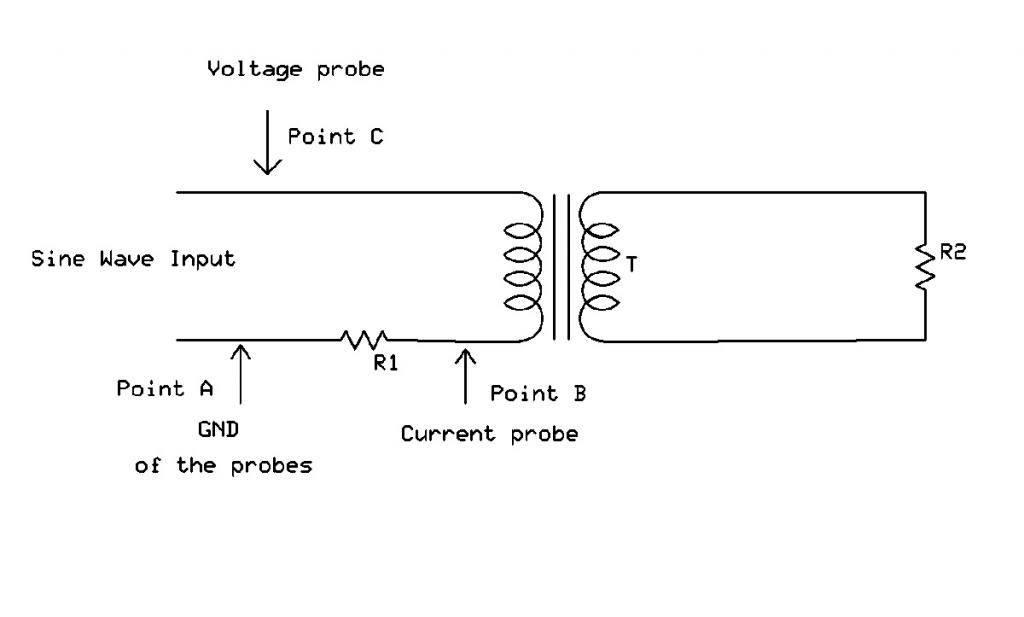Originally posted by mr.clean
View Post
lol ok, well are you saying you cant replicate this?
its very simple, and mine can be improved on 100% if you had a dedicated core shape and better than arbitrary turns, along with taking advantage of resonance based on the frequency you are using and inductance of your primary coil...you know the rest.
anyway it should be simple enough for you to do even with a full bench of other jobs.
and then you can test it yourself
i cant guarantee the 2 secondaries will do the same thing if they are both on one side tho,
but i can guarantee that you will get the same results as me if you make it like mine or like mine but optimized with thicker and higher perm material like metglass, than L1 core legs made from ferrite.
thats what i plan on next, that and thicker and higher number of turns.
then put some serious voltage thru... instead of the 2volts you saw in last video
maybe a pure sine inverter with fan removed, and high uF (30-80uf, or depending on L1 inductance)
for resonance at 60hz like i used in one of my don smith vids, brought supply current down 50%
you would prob call it impedance matching, or power factor correction.
...but come on, anyway you look at it, when capacitive and inductive reactance match, its ~resonance~
you can do it man, not that hard, and doesnt take long, i had toroids snapped and coils wrapped in an hour, very hastily, and threw the switch and just kept trying different cap and freq values,
but can easily use 60hz ac and tune resonant.
on a past vid i used a trafo with 121mH L1, with 60hz, so i used 60uF (needed 58) and same output, with less input current (based on high impedance at parallel resonance)

it just seems like you wont believe or trust my readings, so go for it
and i could still be wrong, that is the reason for these experiments,
one thing is for sure, with any normal transformer ive used, current goes up in primary when i load it, and when i make sec do more work, the other bulb compromises and dimms both...
...here it totally opposite.
have you not witnessed this yourself in your own work?
Right from the start i knew there was something special here, do you not agree these are strange but good behaviour?

its very simple, and mine can be improved on 100% if you had a dedicated core shape and better than arbitrary turns, along with taking advantage of resonance based on the frequency you are using and inductance of your primary coil...you know the rest.
anyway it should be simple enough for you to do even with a full bench of other jobs.
and then you can test it yourself

i cant guarantee the 2 secondaries will do the same thing if they are both on one side tho,
but i can guarantee that you will get the same results as me if you make it like mine or like mine but optimized with thicker and higher perm material like metglass, than L1 core legs made from ferrite.
thats what i plan on next, that and thicker and higher number of turns.
then put some serious voltage thru... instead of the 2volts you saw in last video
maybe a pure sine inverter with fan removed, and high uF (30-80uf, or depending on L1 inductance)
for resonance at 60hz like i used in one of my don smith vids, brought supply current down 50%
you would prob call it impedance matching, or power factor correction.
...but come on, anyway you look at it, when capacitive and inductive reactance match, its ~resonance~
you can do it man, not that hard, and doesnt take long, i had toroids snapped and coils wrapped in an hour, very hastily, and threw the switch and just kept trying different cap and freq values,
but can easily use 60hz ac and tune resonant.
on a past vid i used a trafo with 121mH L1, with 60hz, so i used 60uF (needed 58) and same output, with less input current (based on high impedance at parallel resonance)

it just seems like you wont believe or trust my readings, so go for it
and i could still be wrong, that is the reason for these experiments,
one thing is for sure, with any normal transformer ive used, current goes up in primary when i load it, and when i make sec do more work, the other bulb compromises and dimms both...
...here it totally opposite.
have you not witnessed this yourself in your own work?
Right from the start i knew there was something special here, do you not agree these are strange but good behaviour?

@ LEVEL
Mr Clean is correct in his findings. Try it for yourself. It's easy.






 but where there's a will...
but where there's a will...
Comment